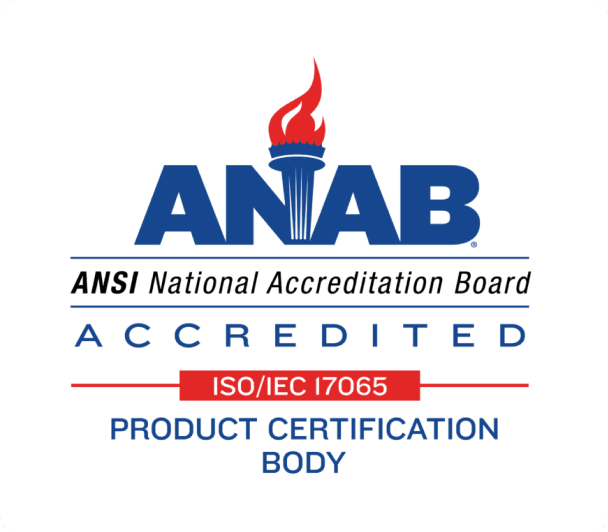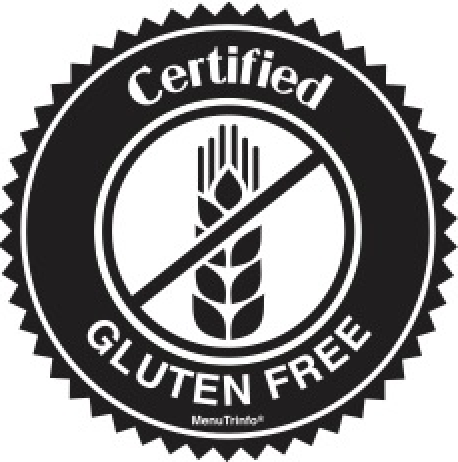
International Standards for MenuTrinfo®’s Certified Free From™ Food Allergy Certification according to ANAB.
MenuTrinfo®’s Certified Free From™ program has been recognized by the American National Standards Institute (ANSI) National Accreditation Board (ANAB) as meeting the rigorous International Standards Organization (ISO) 17065 standards for certifying bodies. They are the first certification of their kind to reach this level of accreditation.
MenuTrinfo are experts in food allergies, intolerances, sensitivities, celiac disease, and lifestyle diets. Become a leader in the industry by certifying your food products and facilities with MenuTrinfo® Certification Services.
Certified Free From™ was started to provide third-party oversight to dining areas and food producers. It strengthens any soft claims a kitchen or manufacturer might make, and lets consumers know all allergen-free claims live up to a set of our rigorous standards. Prior to the CFF certification, people with food allergies had no way to ensure that food was safe for them to eat. With Certified Free From™, they can dine with ease.




From 1 to 9 of the major allergens, we can certify your location or consumer packaged good (CPG) Certified Free From™
Certified Free From™
All areas of production are audited to ensure protocols are in place to prevent cross-contact. Regular surveillance provides ongoing validation of “Free From” claims.
Our auditing process will ensure your facility or products can be Certified Free From™ (CFF) any of the 9 major allergens: soy, wheat, tree nuts, peanuts, eggs, milk, fish, shellfish, and sesame.

Certified Gluten-Free
All areas of production are audited to ensure protocols are in place to prevent cross-contact. Regular surveillance provides ongoing validation of “Gluten Free” claims.
Components of the Certified Gluten Free Audit:
- Walkthrough inspection of the facility
- Comprehensive document review
- Completing corrective actions based on audit
- After certification, perform monthly tests and facilitate quarterly reports

Certification Services from MenuTrinfo®
Our areas of expertise include food allergies, intolerances, sensitivities, celiac disease, and lifestyle diets. We can help you become a leader in the industry by certifying your food products and facilities with MenuTrinfo® Onsite Services.
Certification demonstrates to your clientele that you take their health and safety seriously. You are showing that you understand the severity of food allergies and the risks that your food-allergic consumers take when they dine with you. Achieving certification shows your commitment to safely serving those with special dietary needs.
- Certify your kitchen or product free from one – or all – of the nine major allergens.
- Certify your kitchen or product free from gluten.
- Verify your kitchen or product as vegan.

Why Third-Party Certification?
Third-party certification is essential in showing your commitment to consumers with food-allergies, intolerances and sensitivities. As one of the most experienced food allergen certification organizations, MenuTrinfo® is well-established and considered by many to be the gold standard of the food allergy industry.

Certified Support from Farm to Fork
Established in 2017, and accredited in 2021, MenuTrinfo®, LLC Certification Services are designed to help facilities through our trusted certifications.
Call us today at 970-295-4370 to find out what MenuTrinfo®, LLC Certification Services are best suited for you!






